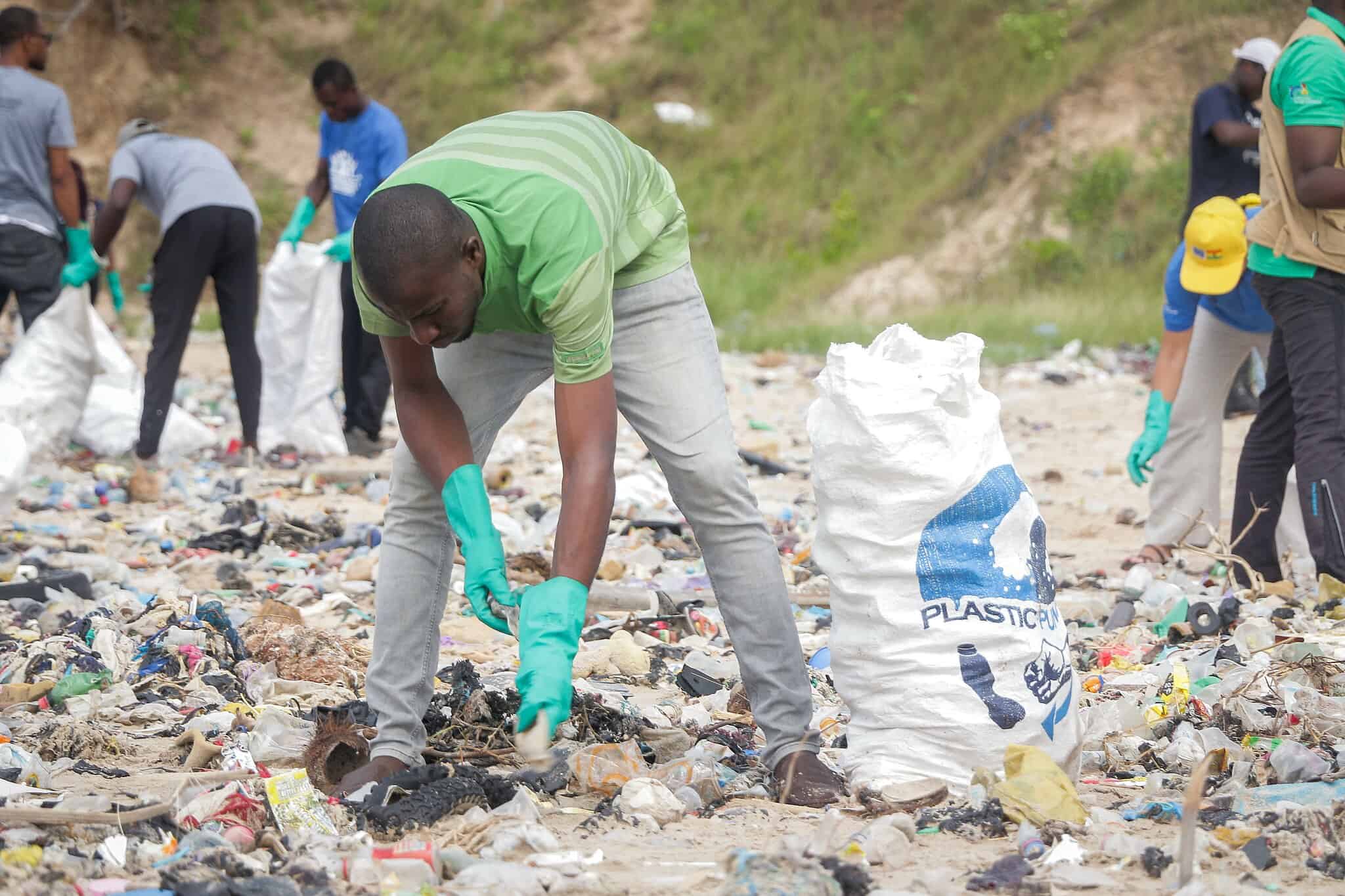The plastic pollution problem is truly massive, but that doesn’t mean there’s no way forward. The UN has released a report laying out a path to reduce the volume of plastic that ends up in the environment by 80% by 2040. This comes just days ahead of a key meeting for countries to continue working on a global treaty to tackle plastic pollution.
The report suggests a system change by accelerating three key shifts: reuse, recycle, and diversify. However, the authors state that even with these measures, around 100 million metric tons of plastics from single-use and short-lived products will still require safe disposal each year.

“The way we produce, use, and dispose of plastics is polluting ecosystems, creating risks for human health and destabilizing the climate,” Inger Andersen, executive director of the UN Environment Program (UNEP), said in a statement. “Only an integrated, systemic shift from a linear to a circular economy can keep plastics out.”
What’s the UN strategy?
The report, Turning off the Tap: How the world can end plastic pollution and create a circular economy, outlines the magnitude and nature of the changes required to end plastic pollution and create a sustainable circular economy. For this, it suggests three major shifts that would allow countries to reduce plastic pollution by 80% by 2040.
- Shift 1: Reuse. Accelerate the market for reusable products to transform the throwaway economy into a reuse society. Reuse systems provide the highest opportunity to reduce plastic pollution (a reduction of 30% by 2040). But this would need to create the right environment to ensure the reuse market has a strong business case.
- Shift 2: Recycle. Accelerate the market for plastics recycling by ensuring recycling becomes a more stable and profitable venture. This could reduce the amount of plastic pollution by an additional 20% by 2040 but will require adequate availability of feedstock that can be recycled and that recycled materials can compete with virgin materials.
- Shift 3: Diversify. Shape the market for plastic alternatives to enable sustainable substitutions. This would avoid replacing plastic products with alternatives that displace rather than reduce impacts. Alternatives could reduce pollution by 17% by 2040 but struggle to compete in markets with products made of virgin fossil fuel-based polymers.
The challenges
The shift to a circular economy would result in $1.27 trillion in savings, considering costs and recycling revenues. A further $3.25 trillion would be saved from avoided externalities such as health, climate and air pollution. Such a shift could result in a net increase of 700,000 jobs by 2040, mostly in low-income countries, the UN said.
The investment costs for this systemic change are high but lower than the projected expenses of not acting, amounting to $65 billion per year vs $113 billion. To fund the necessary circular infrastructure, a big portion of these costs can be mobilized by reallocating planned investments for new production facilities or implementing a levy on new plastic production.
The report found also that operational costs dominate in both throwaway and circular economies. By regulating the design of plastics to align with circularity, extended producer responsibility schemes can address these costs. These schemes would mandate producers to finance the collection and recycling of plastic products, the UN said.
Internationally agreed policies can also help to overcome the limits of national planning and business action, the report reads. With this in mind, governments will meet in Paris at the end of the month to continue the negotiations over a plastic treaty. It will be the second round of talks and the expectation is for the agreement to be finalized by 2024.









